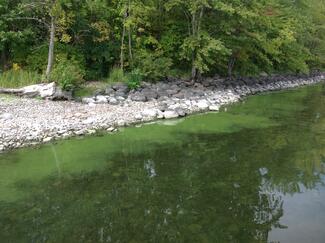Climate and Health
What you need to know about climate change and health
Climate change in Vermont is resulting in hotter summers, shorter winters and more frequent storms. These trends are expected to continue in the future. The devastation from Tropical Storm Irene, the increasing occurrence of Lyme disease, and more frequent cyanobacteria (blue-green algae) blooms are just a few examples of how climate change can impact Vermonters’ health. While everyone’s health is affected by climate change, certain people and places are more vulnerable than others.
Responding to climate change will benefit human health now.


